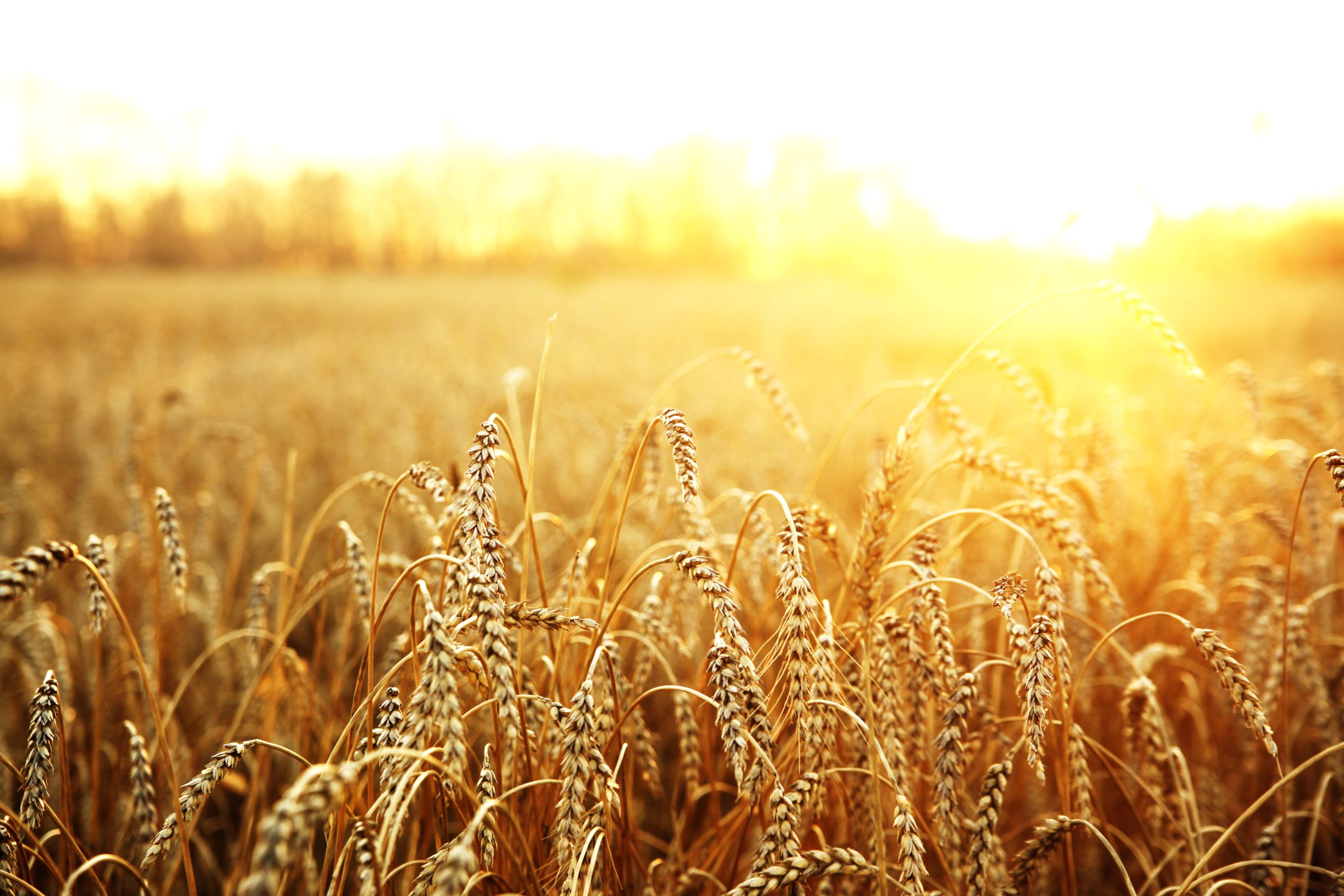In 1973, March 22 was designated National Ag Day by the Agriculture Council of America and the inaugural celebration of the day was in 1979. Since the inception of National Ag Day, it has been expanded to encompass the week that March 22 falls in each year.
I have to wonder how much headway the goal of National Ag Week – creating awareness about the role of agriculture in modern society – is really making. Some farmers and ranchers aren’t even aware of the opportunity this week provides to actively reach out to consumers, lawmakers, and influencers about how agriculture is still relevant in today’s world.
Agriculture is a vital part of our economy, an integral part of our environmental stewardship, and critical to our survival as people.
In California, agriculture generates more than $49 billion in revenue for the state annually. The Golden State leads the nation in the production of table grapes, pistachios, strawberries, lettuce, and tomatoes. More impressive still, California is the United States’ sole producer of almonds, artichokes, Clingstone peaches, dried plums, figs, olives, persimmons, pomegranates, raisins, Ladino clover seed, sweet rice, and walnuts.
In recent years, farmers and ranchers have become more vocal about their environmental efforts. Last year, the dairy producers of the United States committed to becoming carbon neutral by 2030. Regenerative agriculture has seen a resurgence nationally and California’s producers are integrating the practices on their farms.
Most taken for granted: farmers and ranchers feed and clothe us. Every time we pick up a steak, some asparagus, and a few peaches to throw on the grill or pull on our favorite pair of jeans, farmers and ranchers are to thank. No matter what your dietary choices are – vegan, vegetarian, lactose-free, gluten-free, keto, regular old balanced three-squares a day with some snacks thrown in for good measure – farmers and/or ranchers had a hand in the foods on your plates. And, if you’re into conscious clothing, it doesn’t get more natural than wool, leather, cotton, and hemp – all brought to market courtesy of farmers and ranchers.
But, in the muddied mess of activism and agricultural politics, did National Ag Week make a difference? About 1 percent of the total population of the United States is actively engaged in agriculture and in California it is less than 1 percent of the state’s population.
The farmers and ranchers of California are important to the health of both the state and national economy, the local environment, and population. However, so are the consumers of the Golden State. Agriculture is a transactional business that requires both production and consumption for its continued existence.
When 99 percent of the population is not involved in farming and ranching, their concerns, desires, and questions about how farmers and ranchers operate their businesses and answer consumer needs are not heard. If the 1 percent of farmers and ranchers believe they are doing all the things asked of them – good environmental stewardship, innovative growing techniques, proper animal care – then it is time to have more in-depth, meaningful, proactive conversations between California consumers and their local farmers and ranchers.
Consumers should, and can be, the ultimate allies of farmers and ranchers in the fight against bad public policy – like the livestock housing rules outlined in Proposition 12, that would put access to affordable meat at risk for low-income families – that seeks to further marginalize food producers. But only if farmers and ranchers are willing to honor consumers as equals in the food production process.
So, with National Ag Week in mind, while it is vital to recognize the key contributions the agricultural community makes to the state, involving and recognizing consumers in these important conversations is key for a continually thriving, agricultural state.


